For a long time, your horn was the only way to warn another vehicle that it was getting too close to yours. Fortunately, car manufacturers have equipped their products with technology to help prevent accidents when honking the horn won’t suffice. Between automatic braking, blind spot detection, rear- and front-view cameras and more, vehicles have never been safer than they are today. In many ways, the future of car safety is already here.
That does not mean vehicles cannot be even safer, however. Most current car safety features alert the driver of potential dangers—they’re swerving out of their lane, a car just stopped suddenly in front of them, etc. Today, the United States Department of Transportation (USDOT) is working on technology that will allow vehicles to talk to each other to help minimize car accidents and supplement the current vehicle safety features. This future technology is known as Vehicle-to-Vehicle (V2V) communication.
How will vehicle-to-vehicle communication work?
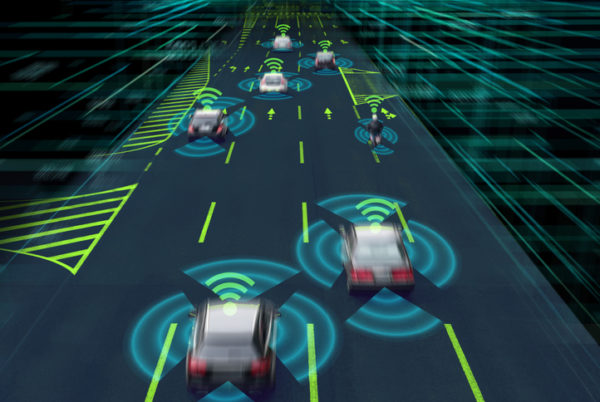 V2V communication, also known as connected vehicle technology, is a system that will let cars wirelessly “talk” to each other and share information about their speed, location and direction. With V2V, vehicles can send and receive omni-directional messages up to 10 times per second. These messages can detect dangers that weather, terrain and traffic typically obscure. This communication makes vehicles aware of other nearby cars from a 360-degree perspective. V2V-enabled cars can take the messages they get from other cars to predict collisions and alert drivers so they can avoid them.
V2V communication, also known as connected vehicle technology, is a system that will let cars wirelessly “talk” to each other and share information about their speed, location and direction. With V2V, vehicles can send and receive omni-directional messages up to 10 times per second. These messages can detect dangers that weather, terrain and traffic typically obscure. This communication makes vehicles aware of other nearby cars from a 360-degree perspective. V2V-enabled cars can take the messages they get from other cars to predict collisions and alert drivers so they can avoid them.
Additionally, V2V communication can enhance existing crash avoidance systems that rely on radar and cameras to detect potential accidents. V2V isn’t meant to help drivers survive a car accident, but rather avoid it. V2V communication could prevent 615,000 car accidents and save more than 1,300 lives, according to the National Highway Traffic Safety Administration (NHTSA).
Current, but once deemed futuristic, vehicle advanced safety systems
There’s no date for when connected vehicle technology will be in a majority of vehicles, but fortunately there are numerous ways for us to avoid accidents besides leaning on our car horn. Here is a closer look at some of the existing car safety features to consider when you look for your next vehicle, until V2V communication enters the mainstream:
Adaptive Cruise Control (ACC)
This warning system is ideal for when you’re stuck in stop-and-go traffic. It helps with accelerating and braking to keep you a safe distance from the vehicle in front of you. ACC uses your vehicle’s radar and cameras to change your set cruising speed if it detects a slower car in front of you. Advanced versions of ACC will stop the vehicle completely if the one in front of it stops, and will start again when traffic gets going.
Forward-Collision Warning
This system works similarly to ACC in that it uses radar and cameras to look out for slow or stopped traffic. FWC alerts the driver to hit their brakes because there’s a potential collision ahead. Some vehicles will stop on their own if the driver does not step on their brake in time.
Driver-Attention Monitor
Cell phone use in the car is not the only form of distracted driving—driving if you’re tired counts, too. Driver-attention monitors use sensors to track your vehicle’s movements as well as the number of steering corrections to see if you’re paying attention, using your phone or falling asleep. The system will send an alert encouraging you to pull over and take a break. New systems use a driver-facing camera to pick up signs of fatigue.
Car manufacturers are expected to also use facial recognition software to measure drivers’ alertness and graduate the warning from an audible or visual alert to parts of the driver’s seat vibrating.
Night Vision
This feature is often found in more luxury car brands, but is likely to find its way to the mainstream soon. Night vision uses forward-facing cameras to find pedestrian, animals or other vehicles—anything a driver would have difficulty seeing in the dark. If the night vision sensor sees something, an image of what’s ahead will appear on the vehicle’s display screen. The driver might also get an audible alert depending on their vehicle and the system.
Safety Exit Assist
Children, and sometimes adults too, can open their car door before looking to see what might be outside. The safety exit assist will temporarily prevent the car’s back door from opening when it senses some is coming up from behind it, like another car or cyclist. It’s similar to the blind spot monitoring system that’s found on lot of new vehicle models.
By Joe Dyton

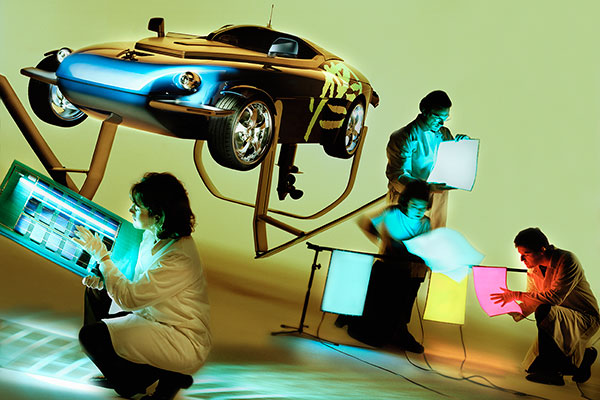


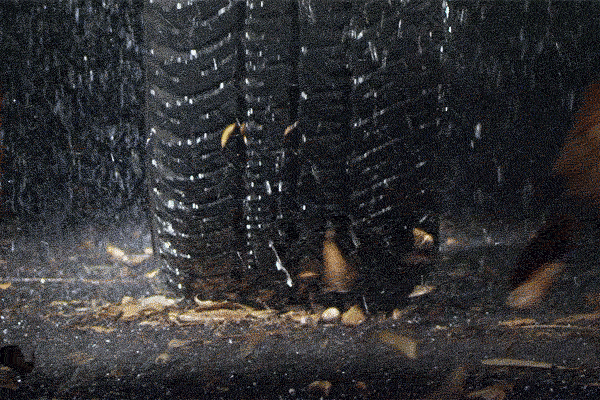
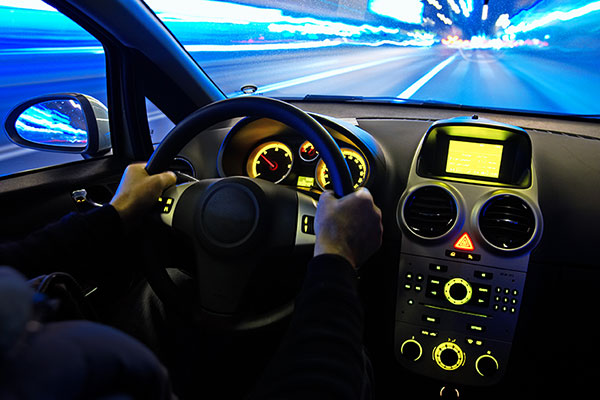
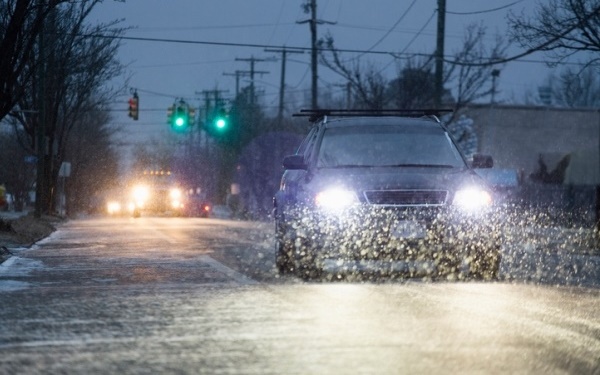

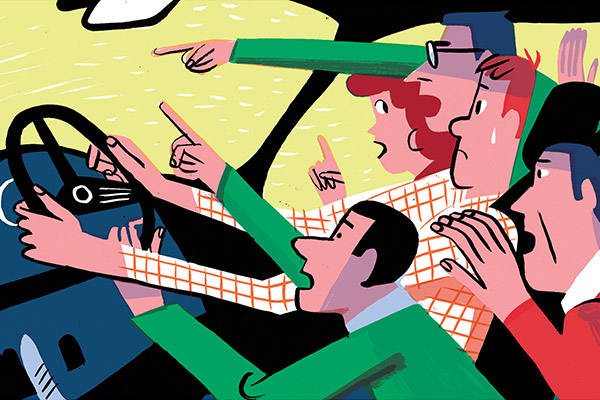
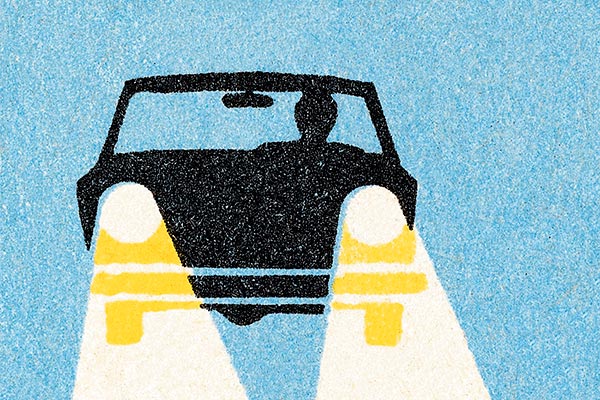
Patricia mccabe says,
which cars contain which safety features?
h.v saxena says,
thanks it helped alot for my holiday homework
Duncan McEwan says,
Of course, connected cars can be hacked. Jeep already has been. A hacker disabled the Jeep’s brakes.
Horace T. Hone says,
Red flashers should be programmed to come on if, for instance your engine suddenly stalls
(which happened to those ignition switch problem cars) or if you lose power steering or power braking, etc.
Hardai shiwnath says,
Great information very helpful, thank you.
Riz says,
Very helpfu and good info thank you !
Sophia Devanny says,
Car safety is the most important part. While you are driving a car you have to consider all the safety features of a car.